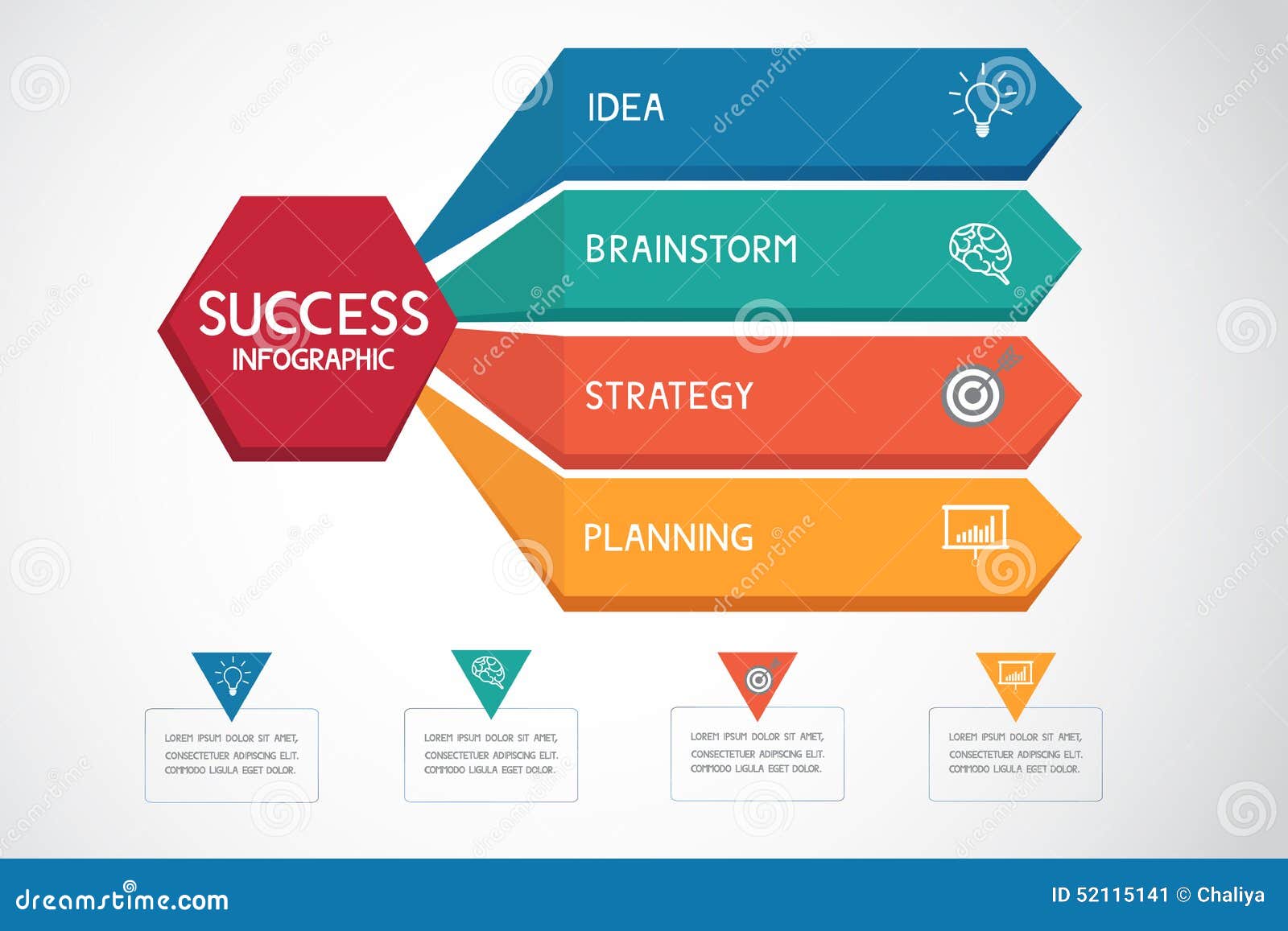Intrigued In Discovering How Internet Site Design Has Evolved? Explore The Journey From Simple Styles To User-Centric Approaches
Intrigued In Discovering How Internet Site Design Has Evolved? Explore The Journey From Simple Styles To User-Centric Approaches
Blog Article
https://www.searchenginejournal.com/create-google-friendly-content-similarweb/442393/ -Dalrymple Vangsgaard
In the past, web sites were basic and concentrated on details. Navigation was direct, and style was for desktop computers. Currently, customer experience is vital. Information guides layouts for easy navigation. Responsive formats suit different tools. Today, dark mode reduces stress, and minimalist food selections boost navigation. Interactive attributes engage customers, and strong visuals stand apart. AI assimilation boosts involvement. See exactly how layout has actually advanced to boost your online journey.
Very Early Days of Web Design
In the early days of web design, simplicity reigned supreme. Websites were standard, with minimal colors, fonts, and formats. The focus got on offering info as opposed to flashy visuals. Customers accessed the net via sluggish dial-up links, so rate and functionality were key.
Navigating food selections were straightforward, commonly located at the top or side of the page. Internet sites were created for computer, as mobile browsing wasn't yet prevalent. Content was king, and developers focused on very easy readability over complicated style elements.
website front page design was the main coding language used, and developers had to function within its constraints. Computer animations and interactive functions were minimal contrasted to today's requirements. Web sites were fixed, with little vibrant content or personalized user experiences.
Rise of User-Focused Design
With the evolution of web site style, a shift towards user-focused layout concepts has actually ended up being significantly famous. Today, producing sites that focus on user experience is critical for engaging visitors and attaining service objectives. User-focused layout includes comprehending the requirements, choices, and actions of your target market to customize the web site's format, web content, and includes accordingly.
Developers now carry out comprehensive study, such as user studies and usability screening, to gather understandings and comments straight from users. This data-driven method helps in developing instinctive navigation, clear calls-to-action, and aesthetically enticing interfaces that reverberate with site visitors. By placing https://dallaslfyqj.targetblogs.com/30387652/master-the-art-of-drawing-in-close-by-consumers-with-regional-seo-strategies-however-do-not-ignore-the-international-reach-possibility-of-standard-seo-discover-the-essential-differences at the center of the design process, sites can supply a more individualized and satisfying experience.
Responsive style has additionally emerged as a vital element of user-focused layout, making sure that sites are optimized for numerous tools and screen sizes. This flexibility enhances access and functionality, dealing with the varied means individuals interact with websites today. Fundamentally, the rise of user-focused layout signifies a shift towards producing electronic experiences that prioritize the demands and assumptions of completion user.
Modern Trends in Web Design
Explore the current fads shaping website design today. One noticeable fad is dark setting design, providing a smooth and contemporary appearance while reducing eye stress in low-light environments. An additional crucial fad is minimalist navigation, streamlining menus and enhancing customer experience by concentrating on essential elements. Incorporating micro-interactions, such as computer animated switches or scrolling effects, can develop a more appealing and interactive site. Responsive design stays vital, making certain seamless user experiences across various devices. Additionally, making use of vibrant typography and asymmetrical formats can add visual passion and accentuate details material.
Integrating AI technology, like chatbots for consumer support or tailored suggestions, enhances individual involvement and enhances processes. Accessibility has also become a considerable pattern, with developers focusing on inclusive layout methods to deal with diverse individual needs. Accepting sustainability by optimizing internet site efficiency for rate and performance is another arising fad in web design. Collaborating with customer comments and data analytics to iterate and boost design continuously is important for remaining pertinent in the ever-evolving digital landscape. By welcoming these contemporary fads, you can produce an aesthetically appealing, user-friendly web site that reverberates with your target market.
https://deanslfyq.bloggosite.com/36424450/techniques-for-effective-pay-per-click-via-efficient-key-phrase-study
As you assess the advancement of internet site design from the early days to currently, you can see how user-focused style has actually ended up being the driving pressure behind modern fads.
Welcome the journey of modification and adjustment in web design, always keeping the user experience at the leading edge.
Remain current with the most up to date patterns and modern technologies, and never quit developing your method to create aesthetically magnificent and straightforward internet sites.
Develop, adapt, and create - the future of website design remains in your hands.
